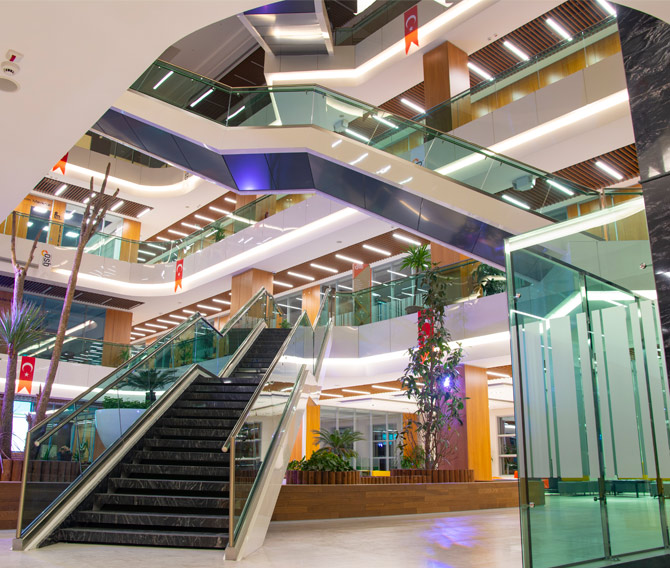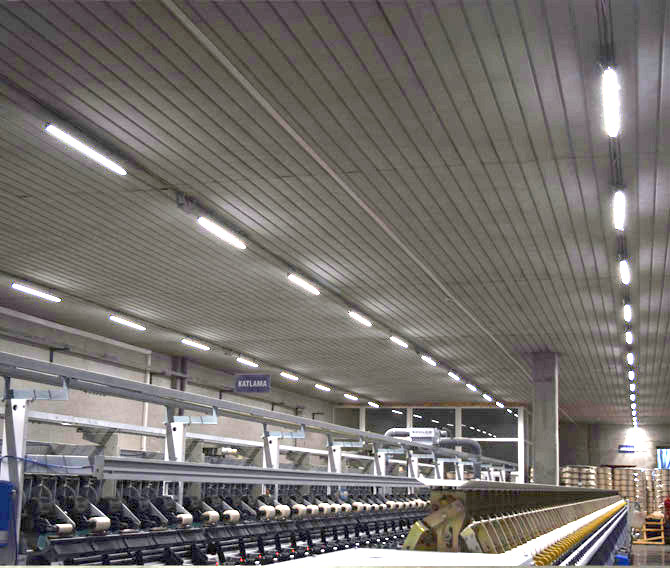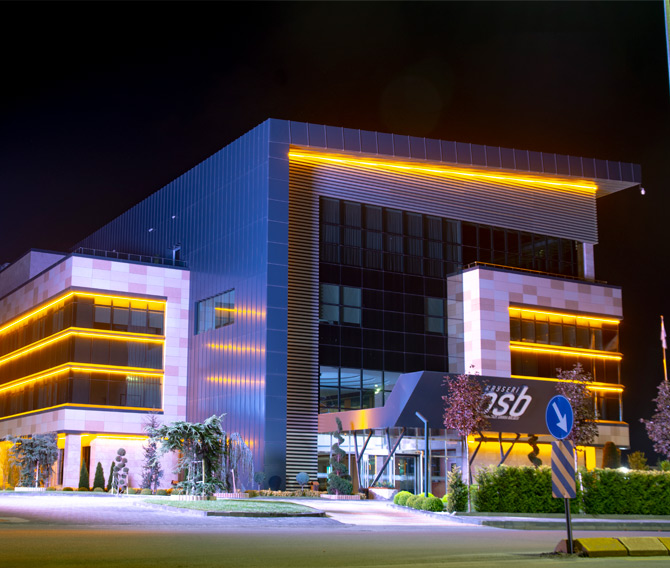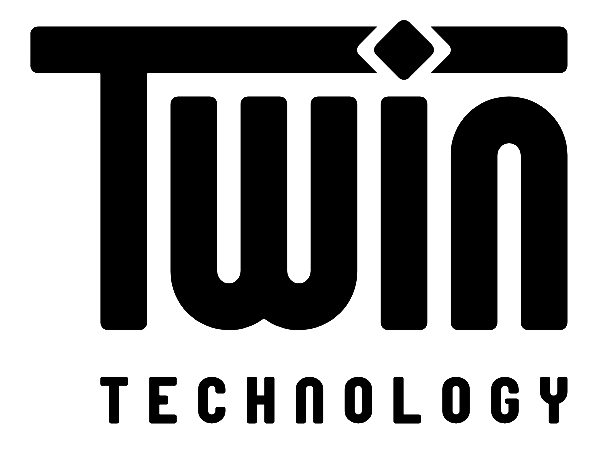
Proper lighting in industrial settings is crucial for safety, productivity, and cost efficiency. High illuminance levels ensure visibility in work areas, preventing accidents and reducing fatigue. Energy-efficient solutions like LED lights, motion sensors, and dimming systems lower operational costs while maintaining optimal lighting. Additionally, glare-free lighting with diffusers and recessed fixtures enhances visual comfort, minimizing eye strain and improving focus. This balanced approach supports both worker well-being and efficient operations.
When designing lighting for industrial buildings such as factories, three main factors should be prioritized to ensure a safe, efficient, and productive environment.

Industrial settings require high illuminance levels to ensure worker safety and productivity, particularly in areas like assembly lines, warehouses, and storage spaces. Proper general lighting (measured in lux) is essential for preventing accidents and ensuring that tasks can be performed accurately and safely. Task lighting may also be needed in specific areas to focus on detailed work, ensuring visibility without causing strain or fatigue.

Industrial settings require high illuminance levels to ensure worker safety and productivity, particularly in areas like assembly lines, warehouses, and storage spaces. Proper general lighting (measured in lux) is essential for preventing accidents and ensuring that tasks can be performed accurately and safely. Task lighting may also be needed in specific areas to focus on detailed work, ensuring visibility without causing strain or fatigue.
Given the large scale of industrial buildings and their often long operating hours, energy-efficient lighting solutions, such as LED lights, are essential for reducing operational costs. These lights consume less energy, have a longer lifespan, and require less maintenance than traditional lighting, making them a cost-effective choice. Motion sensors and dimming systems can also help by adjusting light levels based on occupancy, ensuring that areas are only lit when necessary.


Given the large scale of industrial buildings and their often long operating hours, energy-efficient lighting solutions, such as LED lights, are essential for reducing operational costs. These lights consume less energy, have a longer lifespan, and require less maintenance than traditional lighting, making them a cost-effective choice. Motion sensors and dimming systems can also help by adjusting light levels based on occupancy, ensuring that areas are only lit when necessary.

Given the large scale is crucial in industrial environments to prevent discomfort and eye strain for workers. Poor lighting quality can lead to accidents or errors in work. Using diffusers, frosted lenses, and suspended or recessed fixtures helps soften the light and distribute it evenly across the space, minimizing harsh shadows and creating a comfortable working environment that promotes focus and efficiency.

Given the large scale is crucial in industrial environments to prevent discomfort and eye strain for workers. Poor lighting quality can lead to accidents or errors in work. Using diffusers, frosted lenses, and suspended or recessed fixtures helps soften the light and distribute it evenly across the space, minimizing harsh shadows and creating a comfortable working environment that promotes focus and efficiency.
PROJECT REFERANCES
